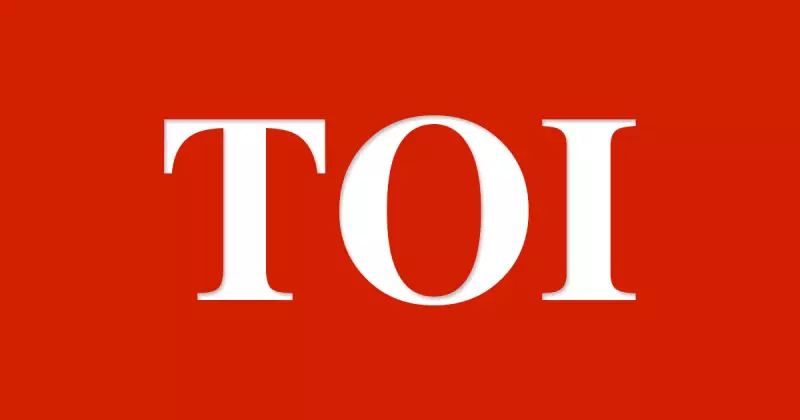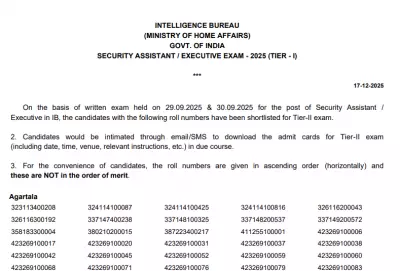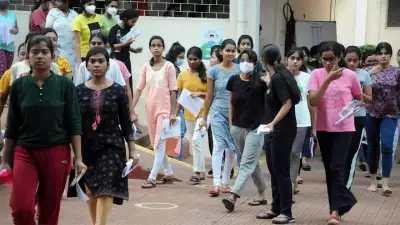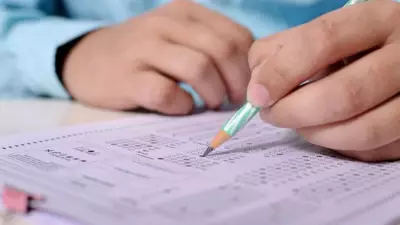
In a devastating blow to medical aspirants from Assam's Barak Valley, Silchar Medical College and Hospital (SMCH) has implemented a staggering 800% fee hike for certain categories of beds, effectively pushing local students out of the healthcare education system.
The Shocking Numbers Behind the Fee Crisis
What was once an affordable ₹5,000 per bed has now skyrocketed to ₹45,000 - an increase that's forcing students from economically disadvantaged backgrounds to reconsider their medical careers altogether. This massive jump applies specifically to the 50% state quota seats that were traditionally more accessible to local students.
Who Bears the Brunt?
The fee structure reveals a troubling pattern:
- State quota seats (50%): Increased from ₹5,000 to ₹45,000
- All India quota seats (50%): Remain unchanged at ₹45,000
- NRI quota seats: Consistently high at ₹17.55 lakh
This creates a perfect storm where students from Barak Valley, who primarily depend on the state quota, find themselves priced out of their own regional medical institution.
The Human Cost: Dreams Deferred
The fee hike isn't just about numbers - it's about shattered aspirations. Students who have worked tirelessly to secure NEET PG rankings now face the cruel reality that their financial background, not their academic merit, determines their medical future.
"We prepared for years, sacrificed social lives, and studied day and night only to discover that we can't afford the very education we fought to earn," shares an anonymous medical aspirant from Silchar.
Broader Implications for Healthcare
This situation creates a dangerous ripple effect:
- Reduced representation of local doctors in Barak Valley
- Potential healthcare gaps in underserved regions
- Brain drain as students seek alternatives elsewhere
- Deepening educational inequality in Northeast India
The Bigger Picture: Assam's Medical Education Landscape
The Silchar Medical College controversy highlights a larger crisis in medical education accessibility across Assam. As fee structures become increasingly prohibitive, the very purpose of state-run medical institutions - to serve local communities - is being undermined.
The question remains: How can Assam ensure that its brightest medical minds, regardless of economic background, can serve their communities without being burdened by impossible financial barriers?
As the academic year approaches, hundreds of Barak Valley students face an uncertain future, their stethoscopes hanging in the balance between aspiration and affordability.





